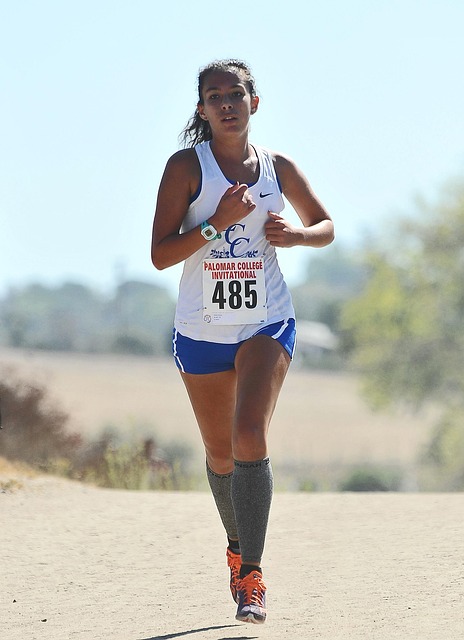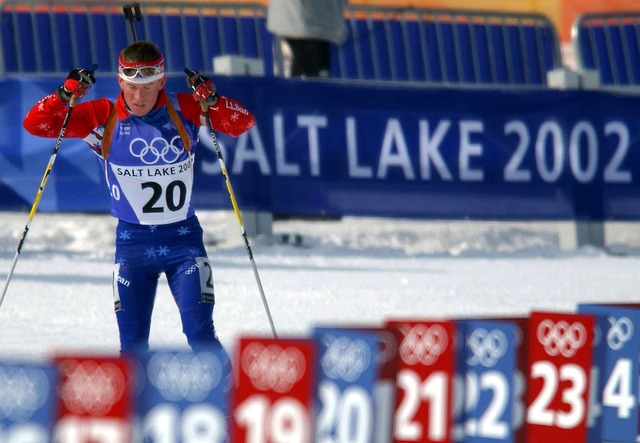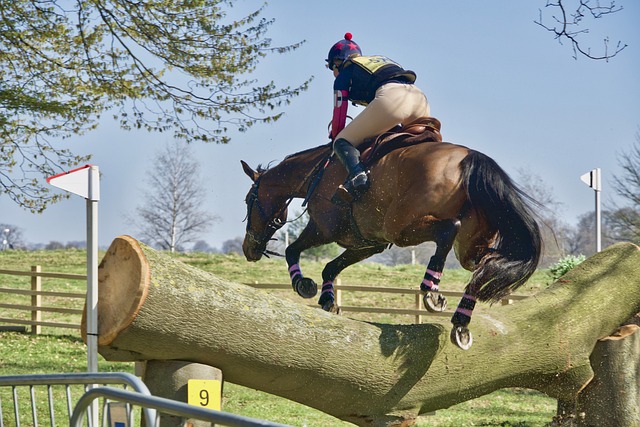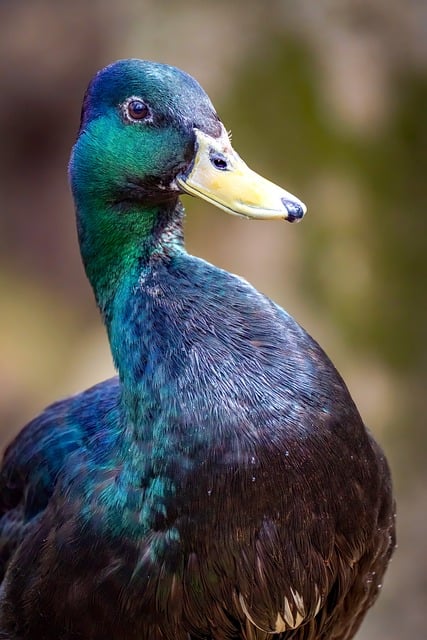College cross country combines endurance, strategy, and skill in races from 5-10km long. Scouting is crucial for recruitment, focusing on performance data, mental toughness, and potential growth. Evaluating athletes involves analyzing personal bests, team placement, split times, and tactical adaptability. Strong coach-athlete relationships, built through open communication and community activities, are vital for success. The recruitment process balances athletic prowess with fostering team harmony to create a cohesive, supportive unit.
Uncover the intricate world of college cross country scouting—a crucial aspect of athlete recruitment. This comprehensive guide delves into the strategic process of identifying and selecting top runners, offering an in-depth look at every step. From understanding the sport’s dynamics to evaluating performance metrics, building relationships with athletes, and making informed decisions, this article is your go-to resource for navigating the scouting landscape in college cross country.
- Understanding College Cross Country: An Overview of the Sport
- The Role of Scouting in College Recruitment
- Identifying Potential Athletes: Criteria and Techniques
- Evaluating Performance: Races to Watch and Metrics to Consider
- Building Relationships: Communication and Engagement with Athletes
- The Decision-Making Process: Selecting the Right Team for Each Runner
Understanding College Cross Country: An Overview of the Sport

College cross country is a thrilling and competitive sport that captures the essence of endurance, strategy, and athletic prowess. It involves athletes racing over various courses, typically ranging from 5 to 10 kilometers, showcasing their stamina and speed. This demanding discipline not only tests the physical limits of competitors but also requires a deep understanding of tactics and course navigation.
The sport’s unique dynamics stem from the fact that it is both individual and team-oriented. Athletes strive for personal bests while contributing to their team’s overall score, which is determined by the cumulative times of the top five finishers. The strategic element comes into play during races as runners must decide when to push hard and when to conserve energy, especially in challenging terrain and weather conditions. College cross country events often take place on diverse courses, ranging from flat, fast tracks to hilly, forest paths, adding an exciting layer of unpredictability to the competition.
The Role of Scouting in College Recruitment

Scouting plays a pivotal role in the college recruitment process for cross country, acting as a crucial bridge between talented runners and their future academic institutions. Coaches and recruiters extensively use scouting to identify potential athletes, assess their skills, and predict how they might contribute to their teams’ success. This meticulous process involves evaluating not only an athlete’s running performance but also their attitude, work ethic, and potential for growth.
In the dynamic landscape of college cross country, where competition is fierce and talent pools vary widely, scouting provides a strategic advantage. It allows recruiters to discover hidden gems outside of traditional recruiting hotbeds, ensuring diverse and competitive teams. Effective scouting encompasses reviewing race times, analyzing running techniques, observing training ethics, and gauging an athlete’s mental fortitude—all essential elements for success in this demanding sport.
Identifying Potential Athletes: Criteria and Techniques

Identifying potential athletes for college cross country teams requires a strategic approach, combining extensive evaluation criteria and diverse techniques. Coaches look for individuals with a proven track record of success in distance running, often assessing performance data from previous races and meets. This includes analyzing personal best times (PBs) over various distances, with particular focus on 5K and 10K sprints, as these are common event formats in college cross country competitions.
Techniques employed during the scouting process involve reviewing video footage of athlete performances, attending local running meets to assess raw talent, and considering recommendations from athletic trainers and previous coaches. Additionally, evaluating an applicant’s mental fortitude through interviews and assessing their commitment to team dynamics can provide valuable insights into their potential as a college cross country athlete.
Evaluating Performance: Races to Watch and Metrics to Consider

Evaluating an athlete’s performance in college cross country involves a meticulous process that goes beyond mere finish times. Coaches and recruiters attend key races, such as conference meetups and invitationals, to assess runners’ skills across various metrics. These include speed, endurance, consistency, and tactical acumen—all vital components for success on the diverse and challenging cross-country courses.
Key performance indicators (KPIs) may include personal bests (PBs), placement within teams, split times, and how athletes handle different race conditions. Analyzing these metrics helps identify top talent capable of thriving in the intense and unpredictable nature of college cross country competitions.
Building Relationships: Communication and Engagement with Athletes

In the competitive world of college cross country, building strong relationships between coaches and athletes is paramount. Effective communication fosters an environment where runners feel heard, understood, and valued. This involves regular check-ins to discuss training progress, goals, and any challenges they face. Coaches should actively engage with athletes, encouraging open dialogue about their experiences, both on and off the track. Such interactions help in identifying potential issues early, allowing for timely interventions that positively impact performance and well-being.
Additionally, creating opportunities for social interaction outside formal training sessions strengthens these bonds. Team activities, group outings, or even casual conversations before or after practices can contribute to a cohesive team spirit. This sense of community is crucial for motivating athletes during the demanding seasons of college cross country. By nurturing relationships through communication and engagement, coaches create an inclusive atmosphere that enhances overall team dynamics.
The Decision-Making Process: Selecting the Right Team for Each Runner

When it comes to college cross country, the scouting process is a delicate balance between identifying talent and matching that talent with the right team fit. Coaches must consider not only the runner’s performance metrics but also their personality, goals, and how they mesh with the existing team dynamics. It’s about finding the perfect synergy where each member contributes to the overall success of the squad, fostering a supportive environment that encourages individual growth and collective achievements.
This decision-making process involves in-depth evaluations, including reviewing race times, studying training regimens, and assessing how runners perform under pressure. Coaches also factor in interviews and team interactions to gauge compatibility. The goal is to select athletes who not only push each other to be better but also share similar values, ensuring a cohesive unit capable of excelling both individually and collectively throughout the college cross country season.






